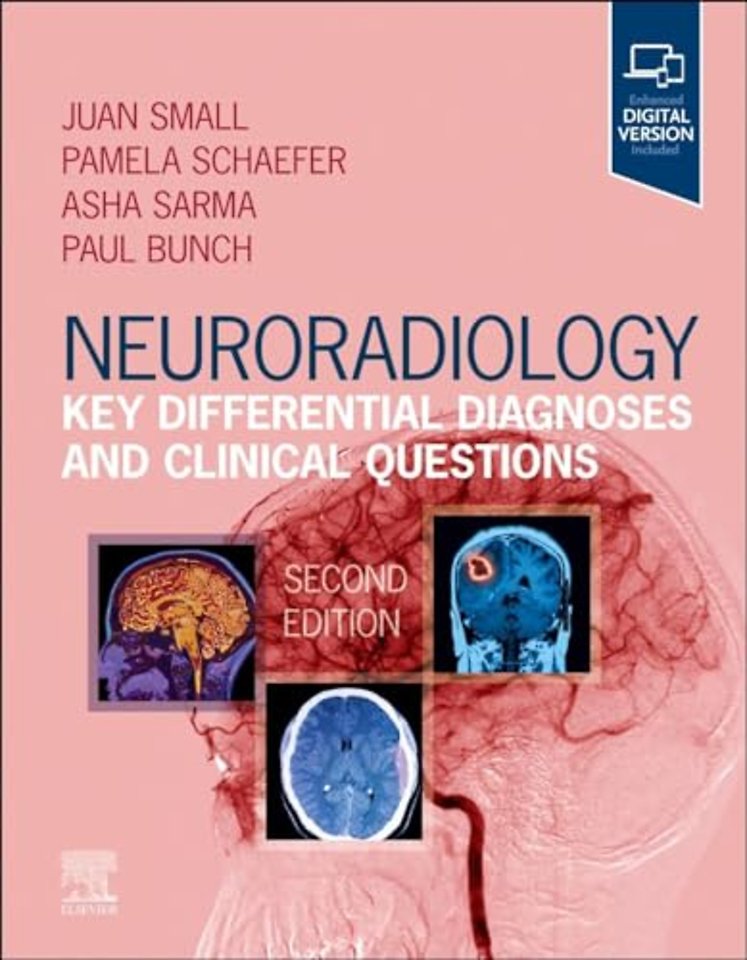Neuroradiology: Key Differential Diagnoses and Clinical Questions
Samenvatting
Make efficient, accurate diagnoses and prepare for imaging exams with a multitude of differential diagnoses accompanied by hundreds of high-quality, unknown cases in neuroradiology. Neuroradiology: Key Differential Diagnoses and Clinical Questions, 2nd Edition, helps you master the skills you need for interpreting imaging of the head, neck, brain and spine for adults and children. All-new cases and extensively revised content throughout bring you up to date and equip you to reach a definitive diagnosis for common, complex, and rare cases.Applies pattern analysis techniques to distinguish similar-looking diagnostic considerationsShows how diagnostic ambiguities are resolved by comparing and contrasting different entitiesIncludes numerous new differential diagnosesProvides new and extensively revised content on pediatric neuroradiology, including more complex cases such as symmetric diffusion abnormality in an infant, cortical malformations, and complex spinal dysraphismHelps you avoid diagnostic pitfalls by recognizing significant variations in the clinical presentation of different diseasesAn eBook version is included with purchase. The eBook allows you to access all of the text, figures and references, with the ability to search, customize your content, make notes and highlights, and have content read aloud

